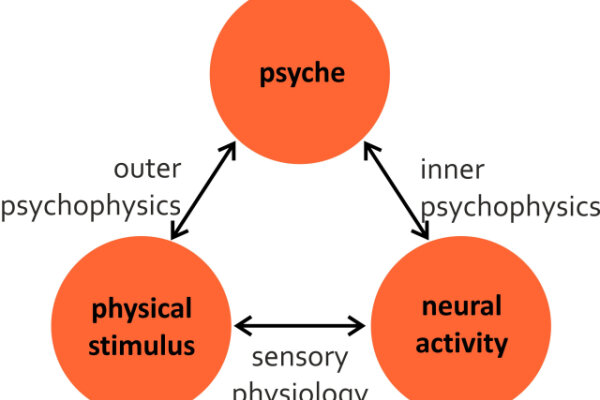2011-11-10

Single-unit recordings conducted during perceptual decision-making tasks have yielded tremendous insights into the neural coding of sensory stimuli. In such experiments, detection or discrimination behavior (the psychometric data) is observed in parallel with spike trains in sensory neurons (the neurometric data). Frequently, candidate neural codes for information read-out are pitted against each other by transforming the neurometric data in some way and asking which code’s performance most closely approximates the psychometric performance. The code that matches the psychometric performance best is retained as a viable candidate and the others are rejected. In following this strategy, psychometric data is often considered to provide an unbiased measure of perceptual sensitivity. It is rarely acknowledged that psychometric data result from a complex interplay of sensory and non-sensory processes and that neglect of these processes may result in misestimating psychophysical sensitivity. This again may lead to erroneous conclusions regarding the adequacy of neural candidate codes. In this review, we first discuss requirements on the neural data for a subsequent neurometric-psychometric comparison. We then focus on different psychophysical tasks for the assessment of detection and discrimination performance and the cognitive processes that may underlie their execution. We discuss further factors that may compromise psychometric performance and how they can be detected or avoided. We believe that these considerations point to shortcomings in our understanding of the processes underlying perceptual decisions, and therefore offer potential for future research.

Single-unit recordings conducted during perceptual decision-making tasks have yielded tremendous insights into the neural coding of sensory stimuli. In such experiments, detection or discrimination behavior (the psychometric data) is observed in parallel with spike trains in sensory neurons (the neurometric data). Frequently, candidate neural codes for information read-out are pitted against each other by transforming the neurometric data in some way and asking which code’s performance most closely approximates the psychometric performance. The code that matches the psychometric performance best is retained as a viable candidate and the others are rejected. In following this strategy, psychometric data is often considered to provide an unbiased measure of perceptual sensitivity. It is rarely acknowledged that psychometric data result from a complex interplay of sensory and non-sensory processes and that neglect of these processes may result in misestimating psychophysical sensitivity. This again may lead to erroneous conclusions regarding the adequacy of neural candidate codes. In this review, we first discuss requirements on the neural data for a subsequent neurometric-psychometric comparison. We then focus on different psychophysical tasks for the assessment of detection and discrimination performance and the cognitive processes that may underlie their execution. We discuss further factors that may compromise psychometric performance and how they can be detected or avoided. We believe that these considerations point to shortcomings in our understanding of the processes underlying perceptual decisions, and therefore offer potential for future research.